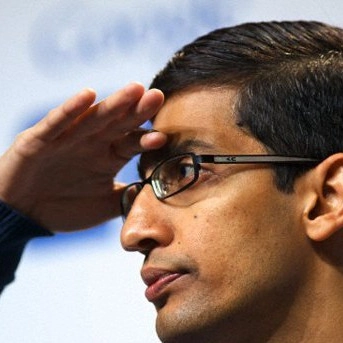1. Managing in a VUCA World
CEOs now face a volatile, uncertain, complex and ambiguous (VUCA) world. Whether it’s market volatility caused by fears of a Chinese slowdown or uncertainty over when the US Federal Reserve will raise interest rates, the increased frequency and inter-connectedness of these high-impact events are affecting businesses around the world in new and complex ways. What’s more, they are taking place against the backdrop of unprecedented technological change that is upending whole industries in the blink of an eye.
So how can leaders possibly navigate through this VUCA world?
CEOs are managing in a VUCA world by being both adaptable and resilient. Firstly, CEO 3.0 has made some fundamental changes to how they source information, make decisions and adapt to new and emerging situations. Key to this has been their harnessing the power of peripheral vision to continuously scan the environment, read signals and act at the appropriate time. In particular, they assess how fast the changes can happen, to what degree they are relevant to their own business and whether the changes can have a narrow or a broad impact.
Secondly, CEO 3.0 has realised that forecasting the future is now an almost impossible task. While there remains a need to have a long-term vision and a clear definition of the organisation’s core, CEO 3.0 has switched to shorter planning cycles. For example, Indian e-commerce pioneer Snapdeal develops its business targets every fourth month. The organisational goals are set at the beginning of each trimester and they are immediately cascaded to the functional, team and individual level.
In addition to these shorter planning cycles, CEO 3.0 has learnt to supplement their primary strategies with contingency plans that can be triggered at short notice should circumstances change.
Finally, as competitive advantage becomes increasingly ephemeral, CEOs are no longer waiting for one hundred percent certainty before taking a decision. Rather, they are testing new ideas in the real world and improving upon them based on continuous feedback loops.
The name of the game is, therefore, to be both adaptable and resilient, and develop a frame of mind that is in a constant state of readiness to face emerging challenges.
2. Managing transparency
CEOs of earlier generations operated in an environment where the boardroom was largely impervious and their decisions were rarely challenged. Today’s leaders live in glass houses by comparison, under continual scrutiny and surveillance. Technological innovations, particularly the rise of social and digital media, are contributing to a perpetual sense of urgency and increased pressure for transparency.
CEO 3.0 has had to acquire a new level of awareness and a different skill set to manage this higher degree of transparency.
They have recognised the need to be more aware of the outside world and its influence than ever before, while at the same time they have strived to understand how to better interact, shape, and respond to it.
In this regard CEO 3.0 has embraced new tools like social media as an effective way of engaging both internal and external audiences, while appreciating that they can also become a platform for criticism of their organisation and their leadership.
Embracing new digital and social tools is key to managing transparency in the changed world. D Shivakumar, PepsiCo India’s CEO and Chairman, advocates daily ‘digital listening’ to track consumer sentiment around the company’s brands. This flags-up potential issues early on before they turn into an uncontrollable media storm.
Similarly, Google’s leadership have developed a system for internal listening through their weekly all-staff ‘TGIF’ meetings. During these meetings the CEO, founders and corporate leaders update the entire company on the latest developments and answer challenging questions from employees around the world.




